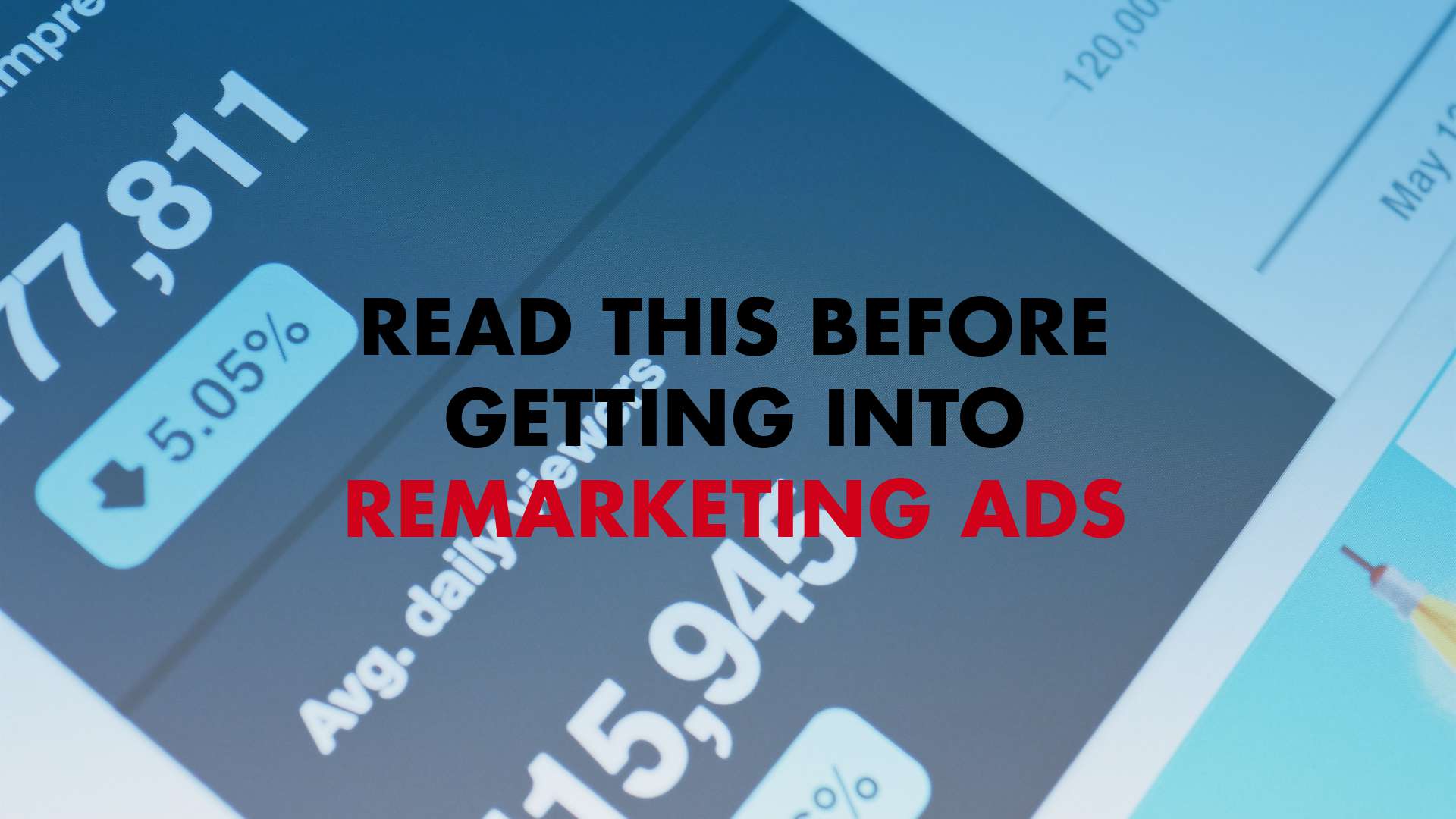Read This Before Getting Into Remarketing Ads

Author : John Prabhu 14th May 2019
While preparing your business for remarketing ads with the help of third-party analytics tools, it’s all too easy to slap together an “All Users” audience, or take it one step further to “All Users (exclude converters).” But what are you missing out on with this quality of remarketing ads effort?

Following are three tangible methods you can use in your AdWords account and make your remarketing ads strategy more effective.
1. GET THE USERS BACK FOR CONVERSION
In general, this is what remarketing is used for: to target users who have visited your website, or specific pages on your website, with ads to bring them back to convert. If you are not currently doing any remarketing, it is high time you get started with remarketing, as you’ll see the biggest impact from using remarketing ads this way.
For a low-traffic website (say 5,000 sessions per month), you will be able to practice a general remarketing procedure that targets All Users, or All Users and exclude sessions with conversions greater than 0. But, when you have a higher-traffic site, you ought to be more creative.
One smart hack is to identify and create different remarketing audiences based on the specific pages that users have visited. Let’s assume your website has the following pages: Home, 20 product pages, Contact, About Us and Blog. A user who abandoned the cart (low-funnel, close to decision) clearly is in a different stage of the decision-making process than the user who visited your blog (high-funnel, investigating and gathering information). So, we need to formulate a different remarketing strategy to these users.
Instead of sending both of these users to the home page, try sending the visitor who abandoned the cart to a product page specially designed for conversion. Weave the best content there in sections with a clear call to action that is visible, and give them every piece of information that may have kept them from converting on their last visit. The Blog visitor is further back in the funnel; if you want contact info from them, you should send them to a lead magnet like an eBook or white paper or a video tutorial they can opt into.
2. LEVERAGE YOUR CURRENT CUSTOMERS
Often, your ideal audience for generating additional revenue can be the people who have already agreed to give you some details. Generally, we use email campaigns or rely on our current customers to navigate back to our site to see new product or offers. But, why not use remarketing to make them see the message we want to?
The obvious limitation here is that we still need the user to have visited our site in the last 30 days to be in our audience, but this is just a minor setback. Higher the traffic your site has, the more creative you can be. (If you have users coming to your site frequently to log in, you are in an especially good position.)
Here are two simple remarketing use cases you should be considering:
1. Introduce a new level of service/subscription that is higher-priced.
2. If users bought product A, remarket product B which is closely relatable to product A (similar to introducing the product while they are buying).
3. CREATE AWARENESS & RETAIN CUSTOMERS
It can be hard to get current customers to engage with your content, some of which is likely designed specifically for them so they can make better use of your products/services. We spend so much time and energy in creating content and getting it out there. But doing everything that we can do to get it seen is the next step.
In general, we use social media and email to drive customers to our content, but using remarketing can open up another method for getting customers to engage. If your content gets visible in your email marketing, on your website, on your social media account, and in the Google Display Network, you’re going to be in a good place.
Giving your customers all the resources and information they need to make good use of your product/service will ensure they come back. So, you can keep them in your remarketing audience list.
By diversifying your usage of remarketing, you can witness the following:
1. More interactions from your current customers who may be ignoring your emails.
2. A better understanding of the nuances of remarketing.
3. Driving specific audiences to personalized landing pages based on their previous interactions with your brand.
Use your digital marketing skills for good. The average cost-per-click (CPC) in Google Ads across all industries is $2.32 on the search network and $0.58 on the display network. We, at TechAffinity, have hands-on experience on running successful remarketing ads that yield higher ROI. Get in touch with us for a better-remarketing ads strategy by sending a mail to media@techaffinity.com.
